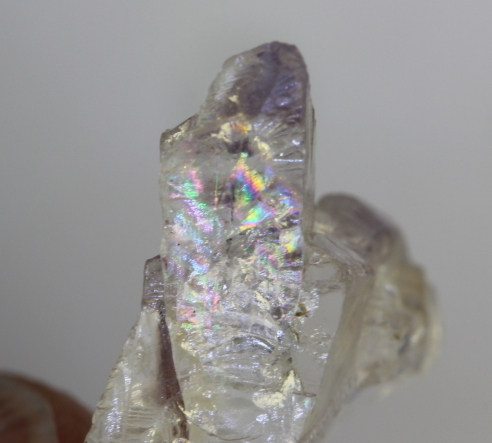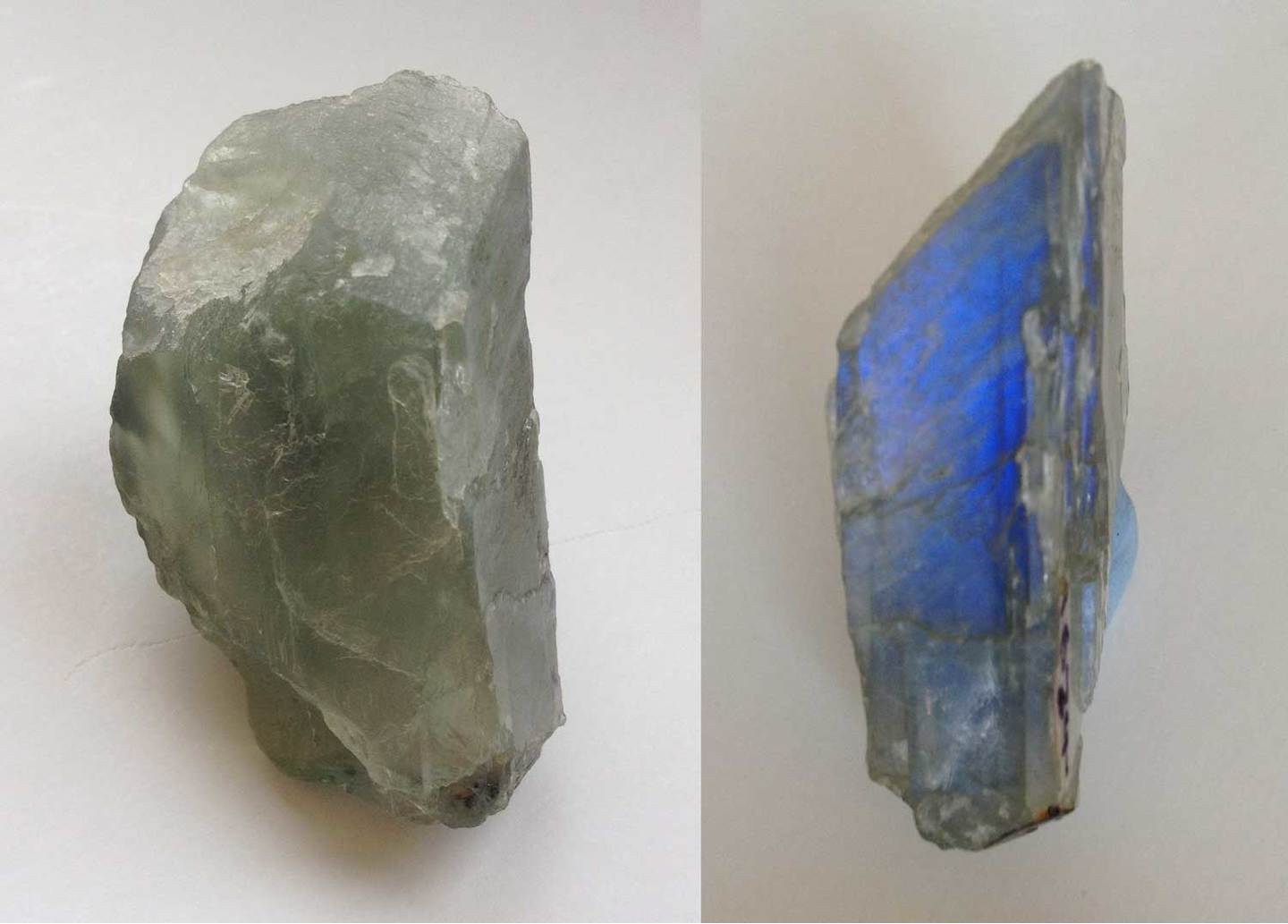Home PageAbout MindatThe Mindat ManualHistory of MindatCopyright StatusWho We AreContact UsAdvertise on Mindat
Donate to MindatCorporate SponsorshipSponsor a PageSponsored PagesMindat AdvertisersAdvertise on Mindat
Learning CenterWhat is a mineral?The most common minerals on earthInformation for EducatorsMindat ArticlesThe ElementsThe Rock H. Currier Digital LibraryGeologic Time
Minerals by PropertiesMinerals by ChemistryAdvanced Locality SearchRandom MineralRandom LocalitySearch by minIDLocalities Near MeSearch ArticlesSearch GlossaryMore Search Options
The Mindat ManualAdd a New PhotoRate PhotosLocality Edit ReportCoordinate Completion ReportAdd Glossary Item
Mining CompaniesStatisticsUsersMineral MuseumsClubs & OrganizationsMineral Shows & EventsThe Mindat DirectoryDevice SettingsThe Mineral Quiz
Photo SearchPhoto GalleriesSearch by ColorNew Photos TodayNew Photos YesterdayMembers' Photo GalleriesPast Photo of the Day GalleryPhotography
╳Discussions
💬 Home🔎 Search📅 LatestGroups
EducationOpen discussion area.Fakes & FraudsOpen discussion area.Field CollectingOpen discussion area.FossilsOpen discussion area.Gems and GemologyOpen discussion area.GeneralOpen discussion area.How to ContributeOpen discussion area.Identity HelpOpen discussion area.Improving Mindat.orgOpen discussion area.LocalitiesOpen discussion area.Lost and Stolen SpecimensOpen discussion area.MarketplaceOpen discussion area.MeteoritesOpen discussion area.Mindat ProductsOpen discussion area.Mineral ExchangesOpen discussion area.Mineral PhotographyOpen discussion area.Mineral ShowsOpen discussion area.Mineralogical ClassificationOpen discussion area.Mineralogy CourseOpen discussion area.MineralsOpen discussion area.Minerals and MuseumsOpen discussion area.PhotosOpen discussion area.Techniques for CollectorsOpen discussion area.The Rock H. Currier Digital LibraryOpen discussion area.UV MineralsOpen discussion area.Recent Images in Discussions
GeneralColor in feldspars

21st Feb 2018 17:00 UTCBecky Coulson 🌟 Expert
Many thanks, Becky

21st Feb 2018 17:32 UTCSean
Now for Feldspars that are not on Granites, they tend to have different colours like blue or green (like Amazonite).

21st Feb 2018 18:28 UTCBecky Coulson 🌟 Expert
21st Feb 2018 20:28 UTCRalph S Bottrill 🌟 Manager

21st Feb 2018 20:40 UTCBecky Coulson 🌟 Expert
21st Feb 2018 22:44 UTCKeith Compton 🌟 Manager
You may want to take a look at the book "Collector's Guide to the Feldspar Group" by Robert Lauf. It is a relatively cheap publication but contains a lot of good basic info on feldspars and provides comments on colour and on the types of feldspars found in igneous, metamorphic and sedimentary rocks - even extra terrestrial.
Keith
22nd Feb 2018 02:23 UTCPaul Brandes 🌟 Manager

22nd Feb 2018 08:09 UTCBecky Coulson 🌟 Expert

24th Feb 2018 10:18 UTCNick Gilly
[img]https://www.mindat.org/forum.php?file,6,file=30492,filename=gem_oligoclase_02.jpg[/img]
[img]https://www.mindat.org/forum.php?file,6,file=30519,filename=gem_oligoclase_striations.jpg[/img]

24th Feb 2018 12:15 UTCWayne Corwin
Are you sure thats feldspar?
24th Feb 2018 13:06 UTCHarold Moritz 🌟 Expert
24th Feb 2018 13:54 UTCJolyon Ralph Founder

24th Feb 2018 14:05 UTCNick Gilly
"Gem quality oligoclase
Variety of albite, plagioclase feldspar
African. Either Namibia or Kenya. 6.5 Moh"
Can't be any more specific than that.
If it helps it shows strong pleiochroism too from yellowish green to bluish green, and through the polarising filter of the computer screen a vivid change as it is rotated from a phosphophyllite-like blue-green to a pale yellow/brownish-green.
24th Feb 2018 16:35 UTCOwen Lewis
Without examining the piece, I'm as sure as I can be that this (tending to colourless?) specimen shows a play of colour caused by thin film effect light interference, occasioned by polysynthetic twinning in plagioclase feldspar.. Given the fairly clean condition of your specimen, whether it is oligoclase or some other variety of plagioclase can be determined by visual inspection (as Harold said) and a careful SG determination. SG's (together with RI's) are definitive for the six varietal members of the plagioclase series as follows:
- Albite (Al100-90). SG 2.61 - 2.63.
- Oligoclase (Al90-70). SG 2.64 - 2.66.
- Andesine (Al70-50). SG 2.66 - 2.68.
- Labradorite (Al50-30). SG 2.68 - 2.71.
- Bytownite (Al30-10). SG 2.71 - 2.72.
- Anorthite (Al10-0)(An100-90). SG 2.72 - 275.
The varietal splitting of the series into six varieties is quite arbitrary and based of SG and RI alone. The rationale for such sub-division is lost somewhere in the 19th C annals of geology/mineralogy. IMHO it provides nothing useful but is an interesting quirk of the history of science.
Here are a couple of pics showing the same effect in a colourless piece of plagioclase with the SG of 2.68. The piece is in the collection of a friend but the photos and SG determined are mine The first pic is a general description of the specimen and the second is a x60 photomicrograph that attempts to catch the play of colour and show evidence of the lamellar twinning.

24th Feb 2018 16:58 UTCTony Albini
White grading to facet quality light green oligoclase was found in Haddam, Connecticut. Analyzed by Richard Schooner.

25th Feb 2018 15:28 UTCNick Gilly
25th Feb 2018 20:53 UTCRalph S Bottrill 🌟 Manager

25th Feb 2018 21:08 UTCNick Gilly

25th Feb 2018 21:39 UTCAlfredo Petrov Manager
25th Feb 2018 23:29 UTCJolyon Ralph Founder
https://www.gia.edu/gems-gemology/spring-2008-gem-news-international
Summary: Green feldspar from Tanzania
"EDXRF analysis of the faceted stones detected major amounts of Na, Al, Si, and Ca; minor K, Fe, and Sr; and traces of Mn, Zn, Ga, Ba, and Pb. LA-ICP-MS analysis cor- roborated the presence of these elements, and additionally detected Be, B, Mg, and Ti (Mg must be present in signifi- cant quantities to be detected by EDXRF, and any traces of Ti in the EDXRF results were obscured by the Ba signal)."
So, no Cr and no V.
" An absorption band was centered at about 615 nm in the β direction that had a full width at half maximum (FWHM) of ~4800 cm–1 and an intensity of 0.24 cm–1. These characteristics are sim- ilar to those presented for blue plagioclase by Hofmeister and Rossman (1986), suggesting a similar cause of color related to the presence of traces of Pb and water combined with exposure to radiation. "
25th Feb 2018 23:37 UTCOwen Lewis
Pb, H2O and irradiation. The irradiation changes Pb2+ to Pb3+, creating the colour center - but only in the presence of an H2O molecule.
So, 'you pays your money and makes your choice'. I don't think that chat can take this further - only some serious quantitative analysis of the particular specimen..
Edit: Crossed with Jolyon's post above.
26th Feb 2018 22:03 UTCRalph S Bottrill 🌟 Manager
I don’t know the cause of the colour in the photo I linked to above.

26th Feb 2018 22:14 UTCNick Gilly
[img]https://www.mindat.org/forum.php?file,6,file=30506,filename=pleochroism_01.jpg[/img]
[img]https://www.mindat.org/forum.php?file,6,file=30508,filename=pleiochroism_03.jpg[/img]
26th Feb 2018 22:57 UTCJolyon Ralph Founder
27th Feb 2018 00:52 UTCOwen Lewis
Though it's OK as a cost-free means of introducing folk to pleochroic colour change, I'm really not a fan of using an LCD screen as a means of examining it. Even a home-made London dichroscope, using two small polaroid filters oriented at 90 deg to each other is a big improvement IMO but for those wishing check specimens for pleochroic effect on a frequent basis, getting a calcite dichroscope is the best tool to have. It's worth remembering too that one can often see strong directional (pleochroic) colour change without the assistance of polarised light or polarising filters at all. All good lapidiarists understand this well and cut their stones to maximize full-frontal display of the most wanted colour/colour saturation. Only colourless and isotropic gems are free of this concern.
And no, microscopic inclusions never cause a pleochroic effect. Quite the reverse, Where present in even a strongly pleochroic host crystal, they prevent the expected pleochroic display from the host crystal, the light scattering always associated to some extent with microinclusions destroying any directionally oriented colour-change.This often prevents a mineralogist from seeing pleochroism in a crystal where it is expected to be found. Much less of a problem for gemmologists as they tend to work with gem grade crystals and crystal fragments that (with a few notable exceptions) mostly do no scatter light.

28th Feb 2018 17:57 UTCNick Gilly
I've not seen anything like it since at any shops or the gem shows at Kempton Park.
1st Mar 2018 13:36 UTCPeter Slootweg 🌟
specimen size 50 x 28 x 15 mm
I took for some testing just to be sure. Readings from my refractometer were 1.530 - 1.540 and 1.530 - 1.538 (birefringence 0,01) with the limitation that these readings could only be taken from one cleavage face on the specimen. The SG measured was 2.65 with corresponds with the findings in the G&G article and known properties for oligoclase. Twin lamellae are clearly visible on two sides of the specimen.
The strong pleochroism shown by Nick’s specimens is also shown by my specimen. Not only in front of a LCD screen but also with a calcite dichroscope (see photo above). Pleochroism is noted for Feldspars in different publications. It seems it requires a strong color which is not often seen in gem feldspars in general. The vivid yellow sanidine from Madagascar show it as well but not as strong. The bright green gem feldspar (orthoclase) form Luc Yen in Vietnam shows the same colorless to green or yellowish to blueish pleochroism as Nick’s specimen with the same intensity. This may indicate the same origin of color (Pb, water content and irradiation).
My specimen may not be as gemmy but was different from the other specimens in the lot that it showed a remarkable schiller-effect as seen in the first photo. Strange this was not mentioned in the G&G article. Maybe the smal particles that may have turned my specimen less transparent are responsible for the schiller effect.
The same area also produces blue feldspars. I had seen small fragments offered as gem rough as coming from Kenya. A lage euhedral crystal of this material was found a few years back and was claimed to be found near the city of Korogwe in Northern Tanzania. Being so close to border this specimen may also be from Kenya. The color cause for this specimen is different since it lacks the strong pleochroism as seen in green colors. I have no idea what causes this blue hue. Any suggestions are welcome.
3 colorfull feldspars with gemmy area's. Blue crystal (oliogoclase?) from Tanzania/Kenya (110 x 101 mm), Green crystal (orthoclase) from Vietnam (65 x 40 mm) an yellow crystal (sanidine) from Madagascar (26 x 27 mm). The colors in the photo appear a bit darker than normal.

1st Mar 2018 15:24 UTCNick Gilly
I bought mine from a shop called 'Crystals' in Salisbury, UK, several years ago. They have several branches in the SW of England. It had been there for months as I didn't buy it when I first saw it. Definitely something out-of-the-ordinary for a high street gem shop.

16th Apr 2018 11:33 UTCNick Gilly
[img]https://i.ebayimg.com/images/g/KWgAAOSw0JpV3nfV/s-l1600.jpg[/img]
From: https://www.ebay.com/itm/2-10ct-very-rare-gem-Mint-Green-Polar-Feldspar-Oligoclase-Tanzania-oval-cut-/152661592739
The latter name is confusing as 'sunstone' is orangey coloured plagioclase with a schiller effect caused by haematite inclusions, and looks nothing like this mint green material.

16th Apr 2018 16:32 UTCDonald B Peck Expert
I agree with you on the "Sunstone". I don't know the source of the green color in the stone that you have shown, but I it could be due to a trace of Fe2+ in an otherwise quite pure feldspar. In any case, there is no accounting for the names that gem merchants apply to their wares (I know, I exaggerate).
Don

16th Apr 2018 17:56 UTCNick Gilly






Mindat.org is an outreach project of the Hudson Institute of Mineralogy, a 501(c)(3) not-for-profit organization.
Copyright © mindat.org and the Hudson Institute of Mineralogy 1993-2024, except where stated. Most political location boundaries are © OpenStreetMap contributors. Mindat.org relies on the contributions of thousands of members and supporters. Founded in 2000 by Jolyon Ralph.
Privacy Policy - Terms & Conditions - Contact Us / DMCA issues - Report a bug/vulnerability Current server date and time: April 24, 2024 08:08:05
Copyright © mindat.org and the Hudson Institute of Mineralogy 1993-2024, except where stated. Most political location boundaries are © OpenStreetMap contributors. Mindat.org relies on the contributions of thousands of members and supporters. Founded in 2000 by Jolyon Ralph.
Privacy Policy - Terms & Conditions - Contact Us / DMCA issues - Report a bug/vulnerability Current server date and time: April 24, 2024 08:08:05

























